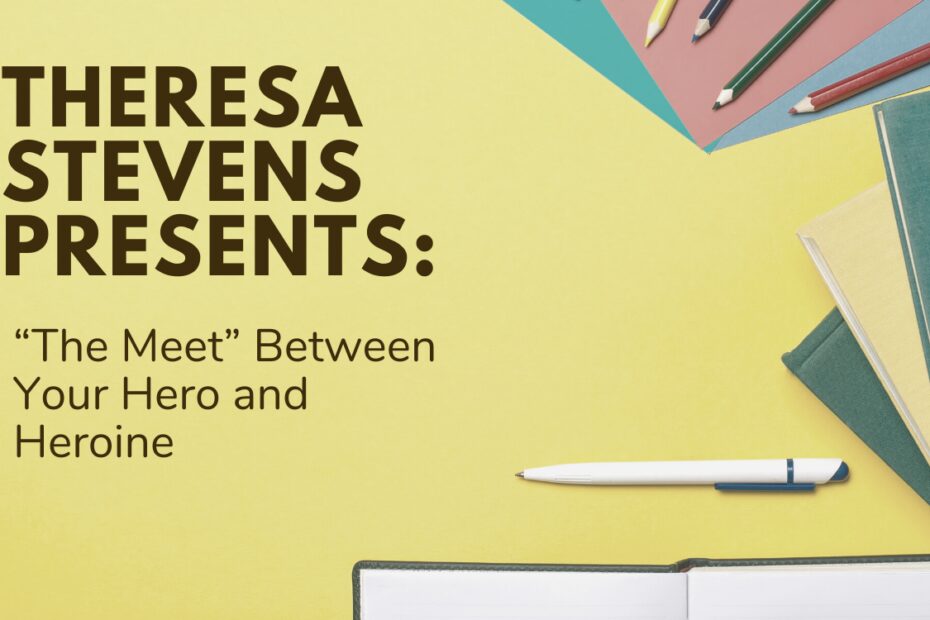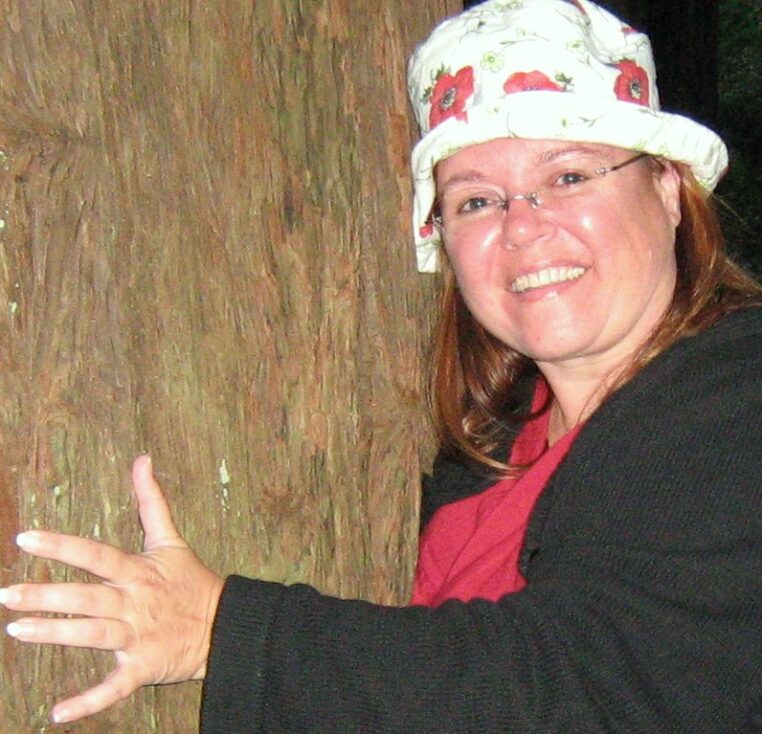RU crew, today Theresa Stevens is back with another great Ask an Editor lecture. Want to make sure the first meet between your H/H (hero and heroine) is on target? Then read on!
A special perk today: Theresa and her business partner, Alicia Rasley, have agreed to give away a spot in Alicia’s October character workshop to one commenter today!
Dear Theresa:
One of the most important events in writing a romance novel is, of course, the first meeting of the hero and heroine. I’ve been kicking them around for my WIP and wondered… What should a writer keep in mind/ask themselves when considering the construction of that first meeting? How do you decide if the meet “works” or not?
Thanks!
Julie Harrington
Hi, Julie,
That’s a great question. The first meeting between the hero and heroine is a major turning point in a romance plot, which means that it’s a scene worthy of much authorial attention. It should pack a good, dramatic punch in the development of the plot, and it should leave the reader hungry to find out what these two people will get up to the next time they meet.
There’s a lot of information out there about first meetings. In fact, googling “cute meet” yields about two hundred million hits, and there’s a wiki for “meet cute,” which is the 1940s screwball comedy version of the first meeting between hero and heroine. However, a first meeting doesn’t have to be cute in order for it to be effective.
Conventional wisdom regarding first meetings is pretty basic:
- The hero and heroine should meet as early as possible in the plot.
- The romantic conflict should be initiated during this first meeting (if not before then).
- It should be memorable. That is, the characters will be unable to shake it off and return to ordinary life as though this meeting never occurred.
- Avoid cliched circumstances (such as two people colliding around a corner), forced plot details (that is, contrivances that don’t suit the character or circumstances), and pettiness (conflict over inessential details).
Beyond that, what’s a writer to do?
Because the first meeting establishes the characters and sets the romantic conflict in motion, it’s important to demonstrate two key facts about the hero. First, we want to see that he’s good hero material. And second, we need to understand that he isn’t quite *there* yet.
Showing his heroic potential is easy. Make him physically appealing, and give the reader hints that he is successful, ambitious, protective, powerful, and so on. These are heroic traits that will convince the reader — and eventually, the heroine — that this man is worthy of her devotion.
The flipside of this is a bit trickier. We sometimes talk in terms of character flaws — make him crabby, make him disdainful, make him a loner or a playboy or a heartless and cruel alpha. The danger in this approach is that you can invest the hero with flaws so unheroic that no rational woman would take a second look at him. For example, if she sees the rogue in a nightclub making out with three different women over the course of the evening, why would she sign up to be number four on that list? Ordinarily, she wouldn’t unless she herself is deeply flawed or, even worse, the dreaded TSTL heroine.
So, if you make him flawed in the beginning, you have to make sure those flaws are not absolute barriers to intimacy. But truly, he doesn’t have to be flawed in the sense that his character contains defects. It’s possible to have a charming, pleasant, winner of a hero who is still not ready for prime time in the first meeting. For example, perhaps his ambition swamps the rest of his character traits and makes him blind to key facts. By enlarging the heroic trait to drastic proportions, it becomes a hindrance to intimacy even if it would not be considered a flaw.
Or other traits — not flaws, but positive traits — can prevent intimacy from developing smoothly. For example, in the movie Serendipity, the hero and heroine meet while Christmas shopping and click instantly. He’s charming, kind, attentive, and generous. He’s also involved with another woman. Though he makes friends with the heroine, his loyalty to his current lover prevents him from pursuing a romantic or sexual connection with the heroine. This is heroic behavior based in virtue, not flaw, and yet it helps establish the conflict and move the plot forward.
If you think in terms of barriers to intimacy rather than outright flaws, you might find new ways to deepen the impact of that first meeting. Let the barriers to intimacy and the heroic traits be demonstrated vibrantly in the first meeting, and you’ll get the romantic plot moving forward in a strong way.
* * *
Theresa, thanks for the fabulous info on the first meet between a hero and heroine!
RU Crew, one lucky commenter will win a spot in Alicia’s October workshop (see details below) on character. Let’s see those comments!
Don’t miss Monday’s lecture when Kim Castillo will tell us why authors should have a personal assistant. (Oh, me, me! I want a personal assistant. Or I’ll settle for a clone, if I must).
Do you ever worry that your characterization isn’t deep enough or that your characters are wooden? This is the class that will help you! The character journey is a way of charting through the plot the change in the main characters, giving them both a reason and incentive to change. In this interactive class, you’ll determine where the character starts and ends, and how the plot events can move them along that journey.
Class Begins: October 1, 2010
Class Ends: October 14, 2010
Signup Deadline: September 28, 2010
Class size is limited! Don’t delay!
Cost: $50
Instructor: Alicia Rasley
Alicia Rasley is an award-winning novelist and a nationally known writing workshop leader. She has worked as a fiction editor for a small press, and currently teaches popular fiction in an Master’s in Fine Arts program.
Theresa’s Bio:
Theresa Stevens is the Publisher of STAR Guides Publishing, a nonfiction publishing company with the mission to help writers write better books. After earning degrees in creative writing and law, she worked as a literary attorney agent for a boutique firm in Indianapolis where she represented a range of fiction and nonfiction authors. After a nine-year hiatus from the publishing industry to practice law, Theresa worked as chief executive editor for a highly acclaimed small romance press, and her articles on writing and editing have appeared in numerous publications for writers.

